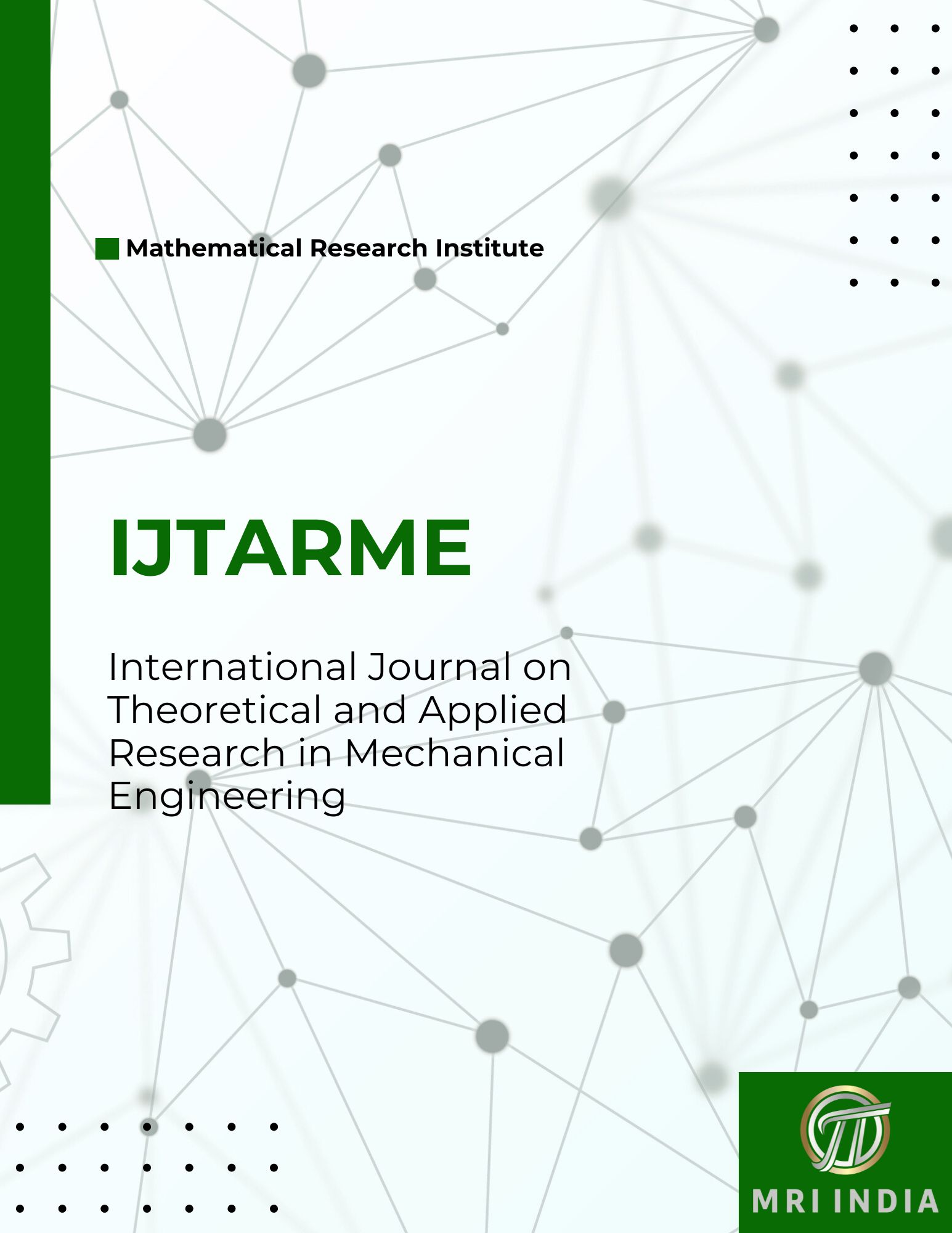Enhancing Heat Transfer with Electro-Hydro-Dynamic Techniques: Challenges, Limitations, and Future Directions
Main Article Content
Abstract
This paper explores the potential of Electro-Hydro-Dynamic (EHD) techniques to enhance heat transfer in various engineering systems. These methods involve the interaction of electric fields with fluid flows, leading to increased turbulence, mixing, and improved convective heat transfer, particularly in small-scale applications such as microfluidics, electronics cooling, and microchannel heat exchangers. EHD techniques, such as electroosmotic flow, ion drag, dielectrophoresis, and electrohydrodynamic convection, offer advantages over traditional mechanical heat transfer systems, particularly in energy-efficient and compact designs. However, the application of EHD systems faces challenges, including energy consumption, fluid stability issues, material compatibility, and electromagnetic interference. The paper discusses the fundamental principles behind EHD techniques, their application in enhancing heat transfer, and outlines the challenges and limitations that must be addressed for their widespread adoption. Finally, it highlights future research directions, such as the development of advanced materials, innovative fluids, and hybrid systems, to optimize EHD-based solutions for large-scale thermal management applications.
